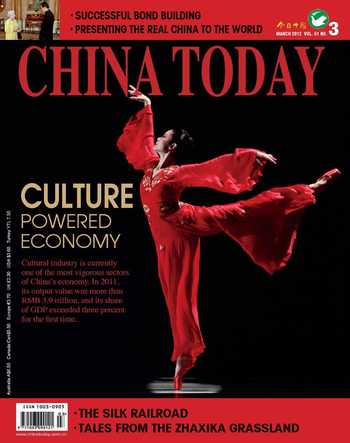More Martial Than Art
IN the global world of the 21st century, martial arts are practized for self-defense and sporting purposes only. However, for thousands of years, they were a central feature of military practice in China and essential for the smooth functioning of society. This book, which opens with an intriguing account of the very first female martial artist, charts the history of combat and fighting techniques in China from the Bronze Age to the present.
This broad panorama affords fascinating glimpses into the transformation of martial skills, techniques and weaponry against the background of Chinese history, the rise and fall of empires, their governments and their armies. Quotations from literature and poetry, and the stories of individual warriors, infuse the narrative, offering personal reflections on prowess in the battlefield and techniques of engagement.
Chinese martial arts has a written history and is part of the society in which it developed. One of the greatest myths about Chinese martial arts as a whole is that it has no written record. Many people assume or assert that the only source of knowledge about its origins and development is the tradition orally transmitted from martial arts teachers. Adding to the misunderstanding of the past, this imagined oral tradition seldom places the martial arts in the broader context of Chinese history or, when it does, uses a simplistic, static, and inaccurate description of that past.
In fact, the amount of available written material on martial arts in Chinese history is enormous. As a first step in confronting such a vast body of information, this book describes the origins and development of the Chinese martial arts across Chinese history. The author argues that these arts are the developed physical practices of armed and unarmed combat, which must be understood primarily as military skills, rather than methods of self-cultivation or religious devotions.
That said, although the martial arts stemmed from military requirements and related activities like hunting, these skills took on added meaning as markers of status and of certain mental or spiritual qualities. Warfare and hunting signified the standing of early Chinese aristocrats, for example, and their class was closely associated with chariot-borne archery. Aristocrats not only fought with certain weapons but under specific rules of combat that reinforced their shared sense of class.
As time went on, changes in society and technology undermined the military, economic, and political basis for these chariot-riding aristocrats. Armies grew in size and improved in armament, thus spreading the skills of warfare further out among the common people. Government officials were expected to lead in wartime, and farmers were expected to become soldiers when needed. In unstable, war-ridden times, the martial arts were thus widely practiced throughout Chinese society.
As in Europe, some religious orders became closely associated with martial arts. Most of these associations in China were developed, or at least amplified, by fiction in the form of plays, literature, and eventually film. Fiction is a powerful force in assigning meaning within culture, and it has played an important role in defining martial arts in China. At the same time, however, the represented world of fiction frequently deviates sharply from the real practice. While this book makes some use of fiction in the discussion of the martial arts, it focuses primarily on the reality of its practice.
The modern understanding of martial arts as solely unarmed fighting skills for self-defense, abstracted movements for selfcultivation, or the wielding of archaic weapons for aesthetics or improved health is inconsistent with most earlier practice. By contrast, the performance of martial arts for entertainment and even ritual is fundamental to their original practice. Nevertheless, the modern understanding of Chinese martial arts is not wrong because it differs from its earlier place in Chinese society; it is simply an example of how things change. And indeed it is hard to fix martial arts into a single meaning in the modern era since Chinese society is itself currently in flux.
Readers should therefore be clear that Chinese martial arts is a vast and complex subject with not only continuous change over time but also dramatic regional, ethnic, gender, and functional differences. This book is an attempt to provide a survey of martial arts in Chinese history without any pretensions to comprehensiveness.
Peter Lorge, assistant professor of history and assistant professor of Asian studies at Vanderbilt University, Tennessee, is a historian of 10th and 11th century Chinese history, with particular interest in Chinese military, political and social history. He is also author of The Asian Military Revolution:From Gunpowder to the Bomb (Cambridge University Press, 2008), and War, Politics and Society in Early Modern China (Routledge, 2005).Lorge is editor of Five Dynasties and Ten Kingdoms (The Chinese University Press, 2011) and Warfare in China to 1600 (Ashgate, 2005) in The International Library of Essays on Military History series. In 2007, he established a new book series with Routledge, Asian States and Empires, four of these books have been published.He is currently editing a collected work called Debating War in Chinese History for Brill.

